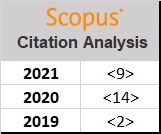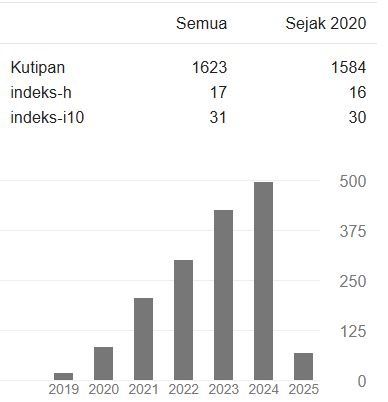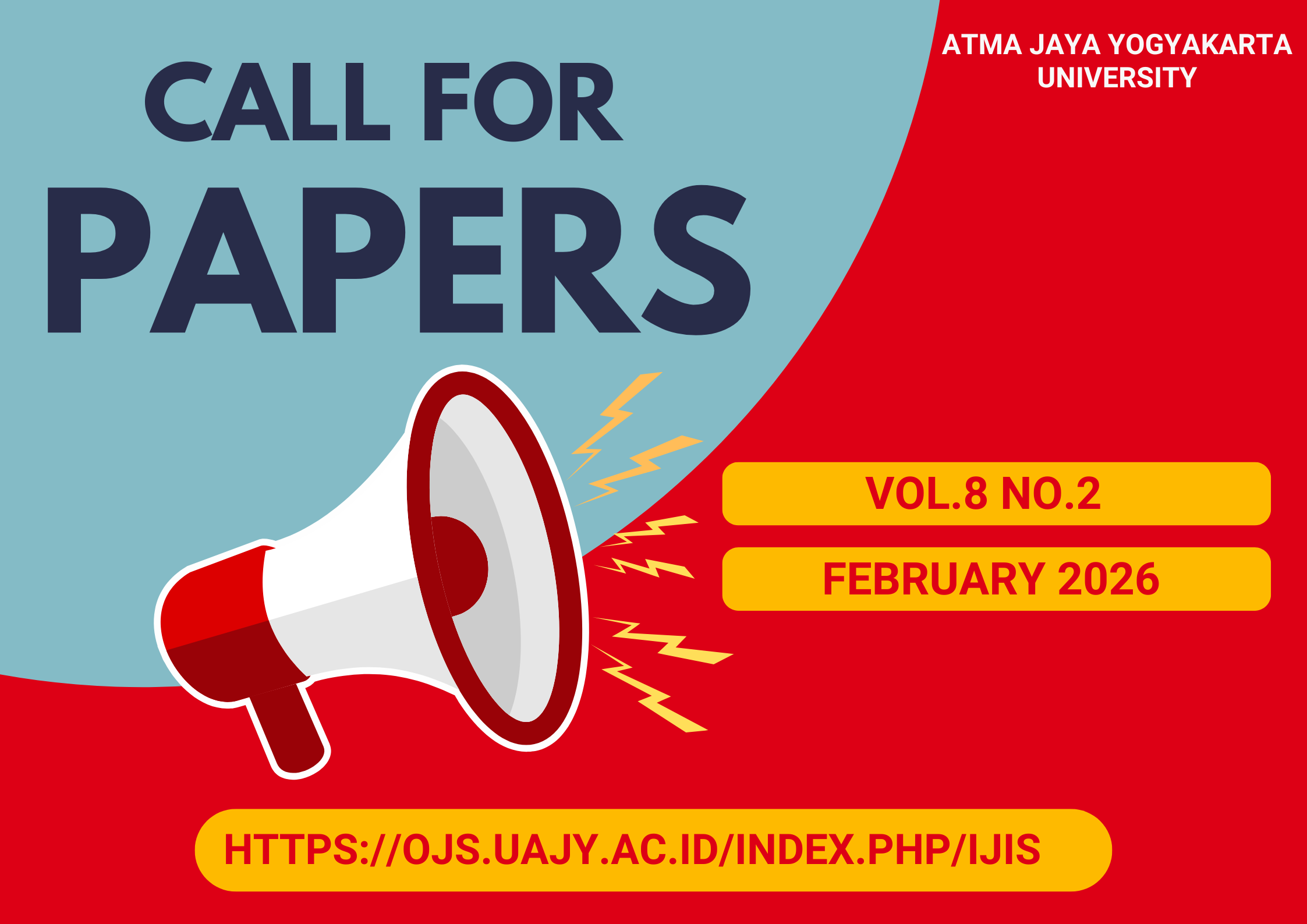Medicine Inventory Grouping using Clustering Data Mining
DOI:
https://doi.org/10.24002/ijis.v2i1.2340Keywords:
data mining, clustering, K-means Algorithm, stock, medicineAbstract
One of the main factors in health services is adequate medicine supplies. Puskesmas is one of the health services that is managed under the district and city health offices to serve patients every day. However, there are obstacles in the process of medicine supply at the Puskesmas. Puskesmas still uses medicine supply techniques manually by looking at the minimum medicine stock. In this way, many medicines are unused and even lacking. The application of data mining can be used as an analysis to determine the medicine supply according to the patient's needs. In the data mining method, the clustering algorithm is one of the most popular to use where the data belonging to the same cluster will be close to each other and will be far from the data about another cluster. For this reason, this study used clustering to classify types of medicines based on the number of medicine uses and requests. The results are obtained in the form of information on the type of medicine with rapid use and model of m with extended usage every month taken from three years of data. Also, information on the types of medicines from the clustering process can be used to improve better patient service.References
N. Jothi, N. A. Rashid, and W. Husain, “Data Mining in Healthcare - A Review,” Procedia Comput. Sci., vol. 72, pp. 306–313, 2015.
E.N. Zuliani, "Pengendalian Persediaan Obat Antibiotik dengan Analisis ABC Indeks Kritis di RSUD Pasar Rebo tahun 2008" U. Indonesia and Y. S. R. I. Rahayu, Fakultas kesehatan masyarakat, Depok, Indonesia, 2011.
M. Cohen, “A systemic approach to understanding mental health and services,” Soc. Sci. Med., vol. 191, pp. 1–8, 2017.
Y. Zhang, Z. Zhou, and Y. Si, "When more is less: What explains the overuse of health care services in China?", Soc. Sci. Med, vol. 232. Elsevier Ltd, 2019.
C. Peng, P. Goswami, and G. Bai, “Linking health web services as resource graph by semantic REST resource tagging,” Procedia Comput. Sci., vol. 141, pp. 319–326, 2018.
M. Ilayaraja and T. Meyyappan, “Efficient Data Mining Method to Predict the Risk of Heart Diseases Through Frequent Itemsets,” Procedia Comput. Sci., vol. 70, pp. 586–592, 2015.
Jan Wira Gotama Putra, “Pengenalan Pembelajaran Mesin dan Deep Learning,” edisi 1.2. March, 2018.
L. Yang, H. Xu, and Y. Jiang, “Applied research of data mining technology in hospital staff appraisal,” Procedia Comput. Sci., vol. 131, pp. 1282–1288, 2018.
C. C. Aggarwal, "An Introduction to Data Mining" in DataMining, vol. 1, New York, USA, 2015, hal 3-5.
G. Lukhayu Pritalia, “Penerapan Algoritma C4.5 untuk Penentuan Ketersediaan Barang E-commerce,” Indones. J. Inf. Syst., vol. 1, no. 1, pp. 47–56, 2018.
A. Sene, B. Kamsu-Foguem, and P. Rumeau, “Data mining for decision support with uncertainty on the airplane,” Data Knowl. Eng., vol. 117, no. April, pp. 18–36, 2018.
J. Chen, W. Wei, C. Guo, L. Tang, and L. Sun, “Textual analysis and visualization of research trends in data mining for electronic health records,” Heal. Policy Technol., vol. 6, no. 4, pp. 389–400, 2017.
N. M. Rémy, T. T. Martial, and T. D. Clémentin, “The prediction of good physicians for prospective diagnosis using data mining,” Informatics Med. Unlocked, vol. 12, no. August, pp. 120–127, 2018.
R. Srinivasan, S. Manivannan, N. Ethiraj, S. Prasanna Devi, and S. Vinu Kiran, “Modelling an Optimized Warranty Analysis Methodology for Fleet Industry Using Data Mining Clustering Methodologies,” Procedia Comput. Sci., vol. 87, pp. 240–245, 2016.
J. Melton et al., "Clustering Analysis", Data Mining : Concepts and Techniques, Second Edition, San Fransisco, USA, 1999, bab 7, hal. 383-464.
H. Yu, G. Wen, J. Gan, W. Zheng, and C. Lei, “Self-paced Learning for K-means Clustering Algorithm,” Pattern Recognition Letters, Elsevier B.V., 2018.
S. Huber, H. Wiemer, D. Schneider, and S. Ihlenfeldt, “DMME: Data mining methodology for engineering applications - A holistic extension to the CRISP-DM model,” Procedia CIRP, vol. 79, pp. 403–408, 2019.
Downloads
Published
How to Cite
Issue
Section
License
Indonesian Journal of Information Systems as journal publisher holds copyright of papers published in this journal. Authors transfer the copyright of their journal by filling Copyright Transfer Form and send it to Indonesian Journal of Information Systems.

Indonesian Journal of Information Systems is licensed under a Creative Commons Attribution-NonCommercial 4.0 International License.

















